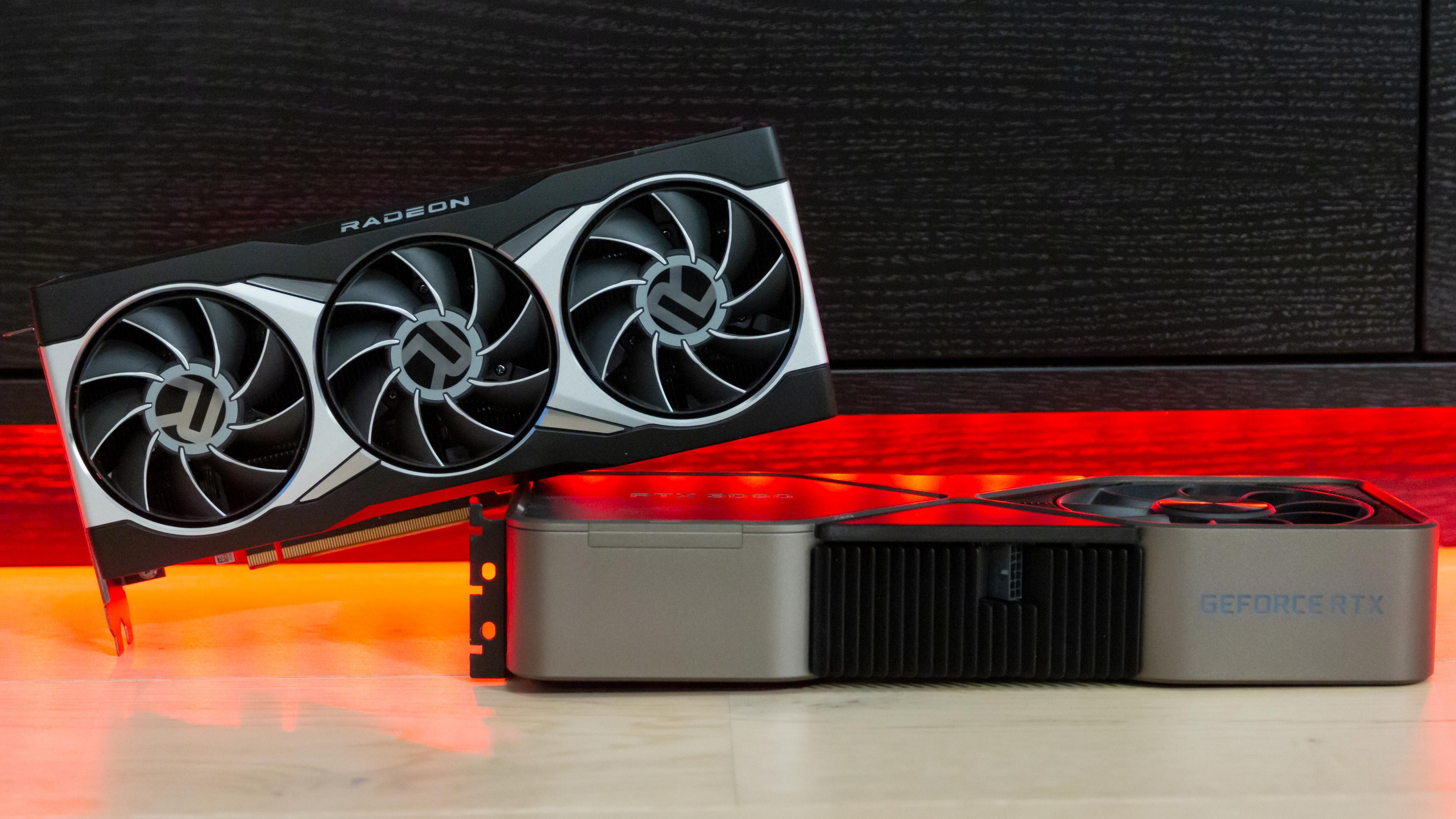AMD is preparing a technology that can significantly improve gaming performance
It should work automatically with all games.
Graphics cards are known to be important for playing computer games, but so is the software behind them — and now DigitalTrends reports that AMD is preparing new software that can dramatically increase gaming performance.
This technology was named “RSR”, which stands for “Radeon Super Resolution”. It is based on FidelityFX Super Resolution (FSR) that AMD launched earlier in 2021, and will improve all its parts in one way or another. The biggest difference is that RSR will not require any additional development from the game developers, nor any additional software to work.
RSR should be fully built into your Radeon software, and as long as you have an AMD graphics card based on RDNA 1 or RDNA 2 (the architecture that AMD has used in the last couple of years), the algorithms will automatically give you better performance.
RSR works by drawing every image in the game at a low resolution, then upgrading it using artificial intelligence and smart algorithms to a high-resolution image. This puts less stress on the graphics card, and therefore higher performance.
This is by no means a new technology, but in the past it required support from each individual game – and the implementation was very diverse. Some games looked much worse with such an upgrade turned on, while others barely had any difference in graphic quality.
Nvidia also has similar technology in its cards, but this in turn requires game developers to effectively implement DLSS technology in their games. AMD’s RSR should in theory be able to work with all games on the planet, as long as they run in full screen mode.
At the moment, it’s unclear if the technology can work on Nvidia and Intel graphics, but since it’s tied to a Radeon driver, it probably isn’t.
The RSR is expected to be available during January 2022, and is likely to be fully revealed at the CES tech show that will take place January 5-8 in Las Vegas.

“Web specialist. Lifelong zombie maven. Coffee ninja. Hipster-friendly analyst.”




